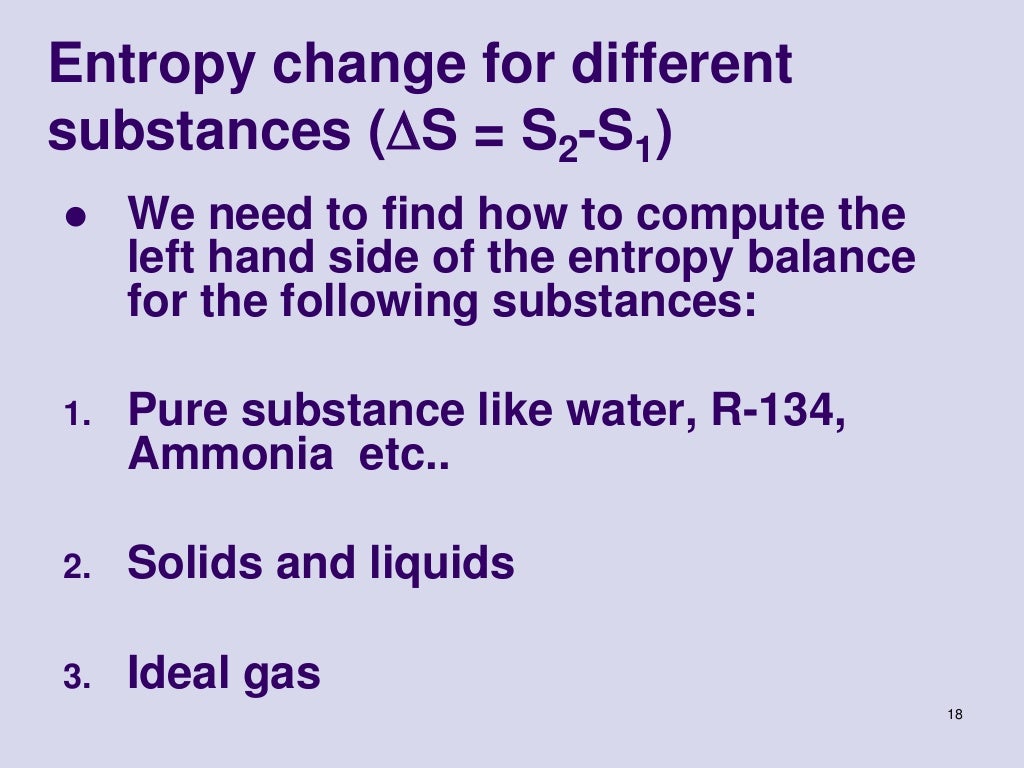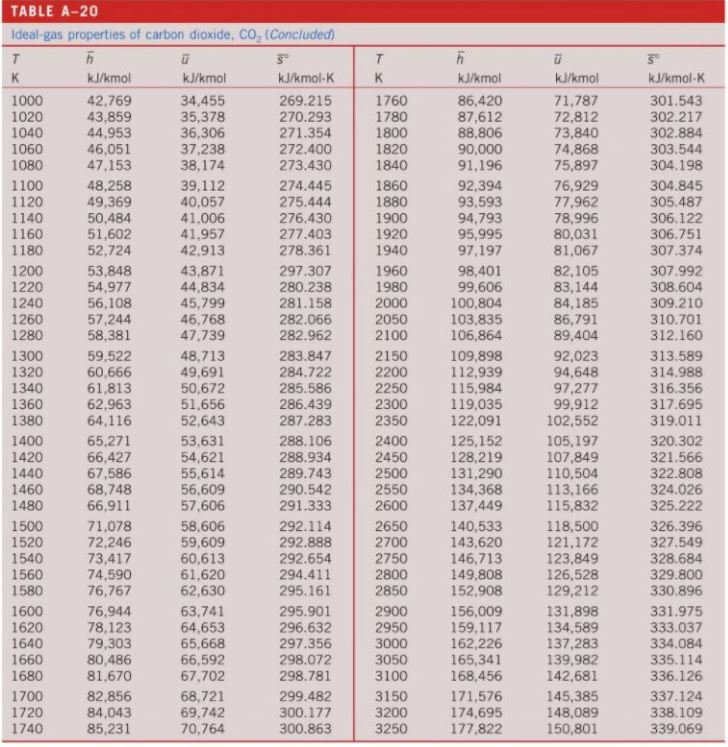

1 mol of He (g) at 10 K and 1 atm pressure or 1 mol of He (g) at 250☌ and 0.2 atm. In case of wet steam, the actual entropy can be calculated with the vapor quality, x, and the specific entropies of saturated liquid water and dry steam: swet ss x + (1 x ) sl. Predict which substance in each pair has the higher entropy and justify your answer. Similarly, the specific entropy of saturated liquid water (x0) and dry steam (x1) can be picked from steam tables. Because entropy is a state function, however. Based on the greater freedom of motion available to atoms in a liquid, we predict that the liquid sample will have the higher entropy. The change in entropy that accompanies the conversion of liquid sulfur to S (S fus() S 3 in the cycle) cannot be measured directly. Figure 6.5.e2 T-S diagram: the shaded area represents the heat transfer of a reversible process. We show that pointlike defect model of glasses cannot explain the thermodynamic properties of glass formers, as for example, the excess specific heat close. The transition from S to S can be described by the thermodynamic cycle shown in part (b) in Figure 19.3.3, in which liquid sulfur is an intermediate. In the thermodynamical limit, the specific entropy becomes independent on the choice of E. This article introduces specific entropy generation defined as the rate of total entropy generated due to the operation of a power cycle per unit flowrate of fuel.

The results are presented for five different. This integral can be shown graphically as the shaded area under the T-S curve of the reversible process, see Figure 6.5.e2. The concept entropy was first developed by German physicist Rudolf Clausius in the mid-nineteenth century as a thermodynamic property that predicts that certain spontaneous processes are irreversible or impossible. A design at maximum thermal efficiency is found to be identical to that at minimum specific entropy generation.


 0 kommentar(er)
0 kommentar(er)
